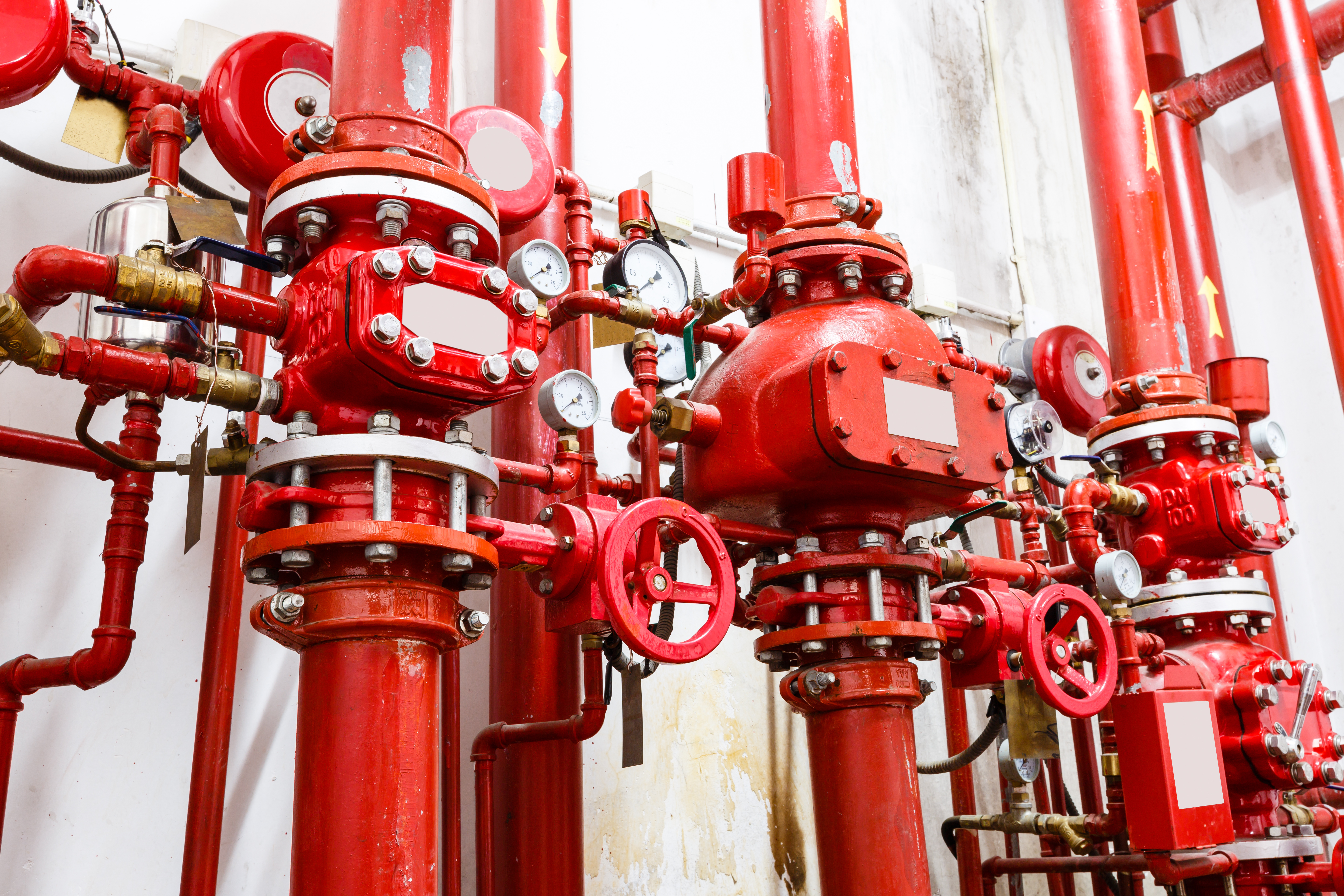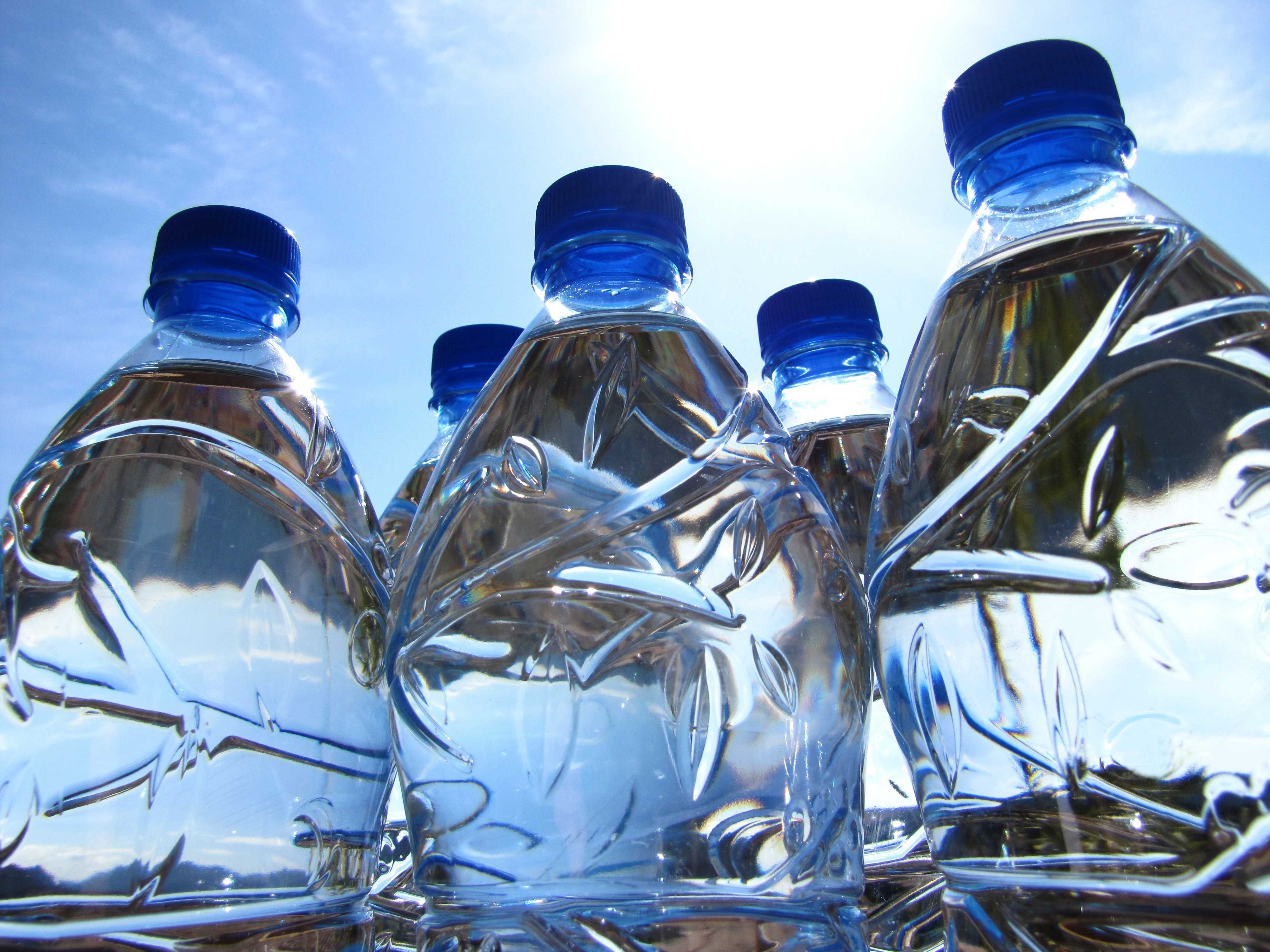GGS understand the characteristics of water piping systems, how and where damage can occur, and how it progresses over time. This results in an approach that is specific to your environment and testing that is conscious of the functions of your system. Whether you are performing a routine assessment, evaluating for maintenance or need to learn more about suspect areas, our experience ensures pragmatic results.
Microbiologically Influenced Corrosion (MIC)
Certain micro-organisms (bacteria) establish colonies within piping or vessels and initiate the oxidation of metal. Piping systems with essentially no flow (like fire sprinkler systems) are especially susceptible to MIC.
Sulfate reducing bacteria (SRB’s) and iron reducing bacteria (IRB’s) are responsible for corroding both carbon steel and stainless steel piping.
Mineral Deposit Buildup
This is a major problem for many water distribution piping systems. Over time, minerals such as calcium, iron, silica, calcium sulfate, etc. can precipitate on the walls of distribution piping and restrict water flow.
Corrosion Under Insulation (CUI)
CUI in a water distribution system is dependent on the ambient humidity, the temperature of the piping, and whether or not the piping is exposed to the elements. Once water is in contact with the carbon steel pipe within the insulation, external corrosion will continue to progress until it is resolved.
Any water that has entered the insulation will either freeze on the pipe if it is operating at or below 32F, or it will remain a liquid that may travel considerable distances from where it was first introduced into the insulation. Ice will not corrode the surface of the carbon steel piping, but liquid water will seek the lowest and/or coldest point in the piping system and remain a constant threat to the integrity of piping.

